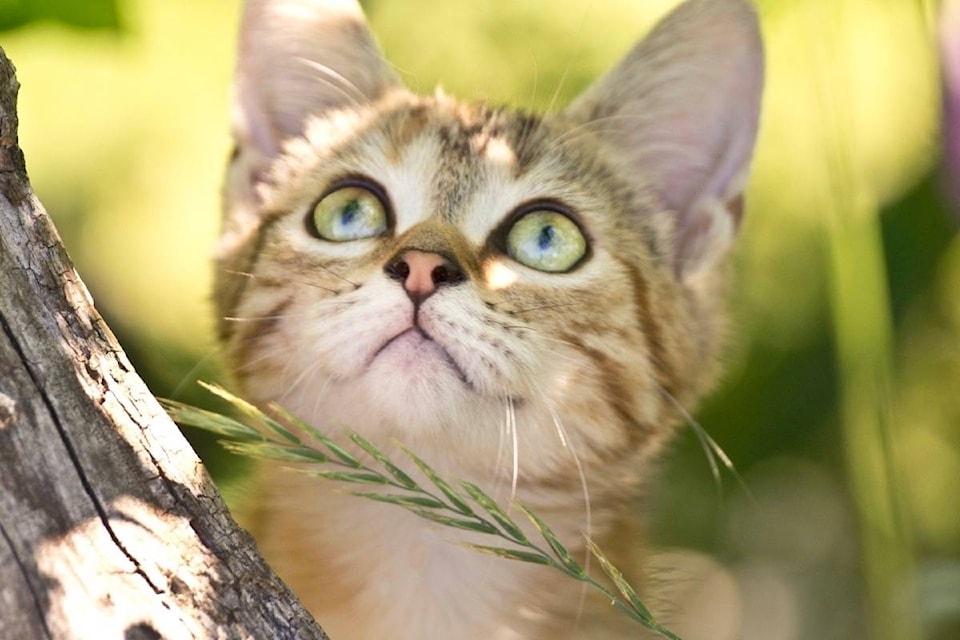BC SPCA has announced more than $100,000 in funding to help address cat overpopulation, and the BC SPCA-Quesnel & District Branch has applied for Trap, Neuter, Release program funding.
Funding has been available through the BC SPCA’s Community Animal Spay/Neuter Grant (CASNG) program since its inception in 2013.
Since then, the BC SPCA’s CASNG program has supported the spaying and neutering of 3,217 cats, 339 dogs and 100 rabbits.
The program is designed to help non-profit organizations, veterinarians, First Nations communities and regional and municipal governments working to address pet overpopulation.
The society accepted applications for the 2018 BC SPCA CASNG program until March 21.
Quesnel SPCA Branch manager Colby O’Flynn says they applied for funding to help deal with the community’s cat overpopulation.
“It has to go through the full application process before we’ll know [if we’re successful]. Outside agencies can apply for it too, so we have to apply too.”
She notes they expect to hear which groups get funding on April 16.
The Trap Neuter Release (TNR) program is for feral cats. People can take them in and get them fixed so they’re not out producing kittens, says O’Flynn, adding it’s not necessarily a situation where people are getting their own pets spayed or neutered.
“There are funds for that too, but we can only apply for one or the other and we decided to go for the TNR one.”
O’Flynn explains the TNR program is for cats that are unfriendly.
“They might be wild cats, but we don’t want them out reproducing and making a bunch more cats. It’s about getting them fixed and having caretakers. It’s barn cats … loosely owned or just difficult community cats.”
She says it’s really hard to track how many wild and feral cats are running around.
“You don’t see them because they are fearful of people.”
However, the local SPCA manager notes they have several volunteers and a couple of other rescues in the city that work a lot more with wild cats.
“We’re kind of hoping we can partner and all work together. We have Crooked Lake Ranch and the Pet Safe Coalition, and people like that are working on TNRs and trying to get those numbers down.
“We’re hoping to use their expertise and we’ll apply for the funding to see if we can get the program set up, so we can work together to make sure all those cats get in and get fixed.”
While she doesn’t know the numbers for wild cats because the SPCA generally concentrates on pet or house cats, O’Flynn says there are a lot out there.
“We get a call a day at the shelter, with people calling about getting a feral or nuisance cat trapped.
“Some areas of town, it’s a lot more prevalent than in others, but there are a lot of them.
“We take in 700 kittens a year and a lot of those kittens come from certain areas. People are finding them under their sheds or in their barns or something, so we know there’s a cat there somewhere having those kittens.”
If a person comes along, she says the cats run away and leave the kittens behind because they don’t know how to hide.
O’Flynn explains they have to get the veterinarians on board and be willing and have the time to do these initial surgeries because they’re really busy.
“You have to trap these wild cats and you can only keep them in the trap for so long before you get them to the vet clinic and get them released.
“It’s not like you can make an appointment for two weeks from now and take your cat in.”
O’Flynn says they consulted with the vets to see what they can offer and what kind of time they could provide.
She adds they found volunteers to do the legwork – trap the cats, transport them to the vet and help release the cats – all of which was included in the application process.
